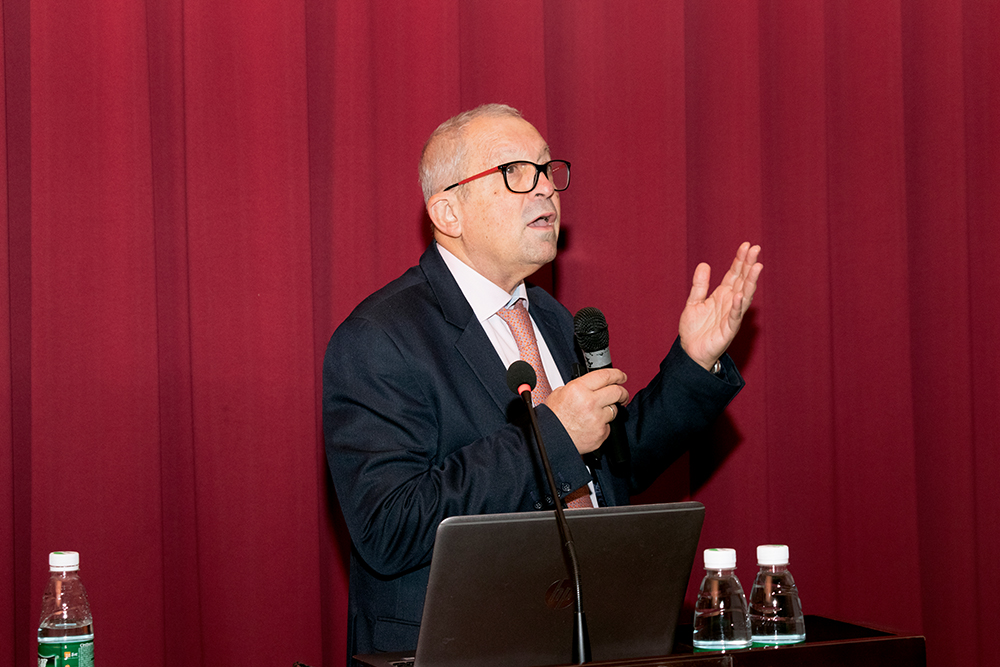Turing Award winner lectures on his interpretation of the autonomous system
January 15th saw Joseph Sifakis, winner of the 2007 Turing Award, come to Southern University of Science and Technology (SUSTech). Not only was he joining SUSTech as a distinguished visiting professor, but he came to give the 209th lecture in the SUSTech Lecture Series. Professor Sifakis spoke about “Autonomous Systems – A Rigorous Architectural Characterization.” President Chen Shiyi attended the lecture presented Joseph Sifakis with the guest certificate of SUSTech. Director Yao Xin of the Department of Computer Science and Engineering presided over the lecture.


Joseph Sifakis officially joined the Department of Computer Science and Engineering at SUSTech at the beginning of 2019 as a Distinguished Professor. He is an Honorary Fellow of the French National Center for Scientific Research and the founder of the Verimag Laboratory in Grenoble. He is also a Fellow of the French Academy of Sciences, the French National Academy of Engineering, the European Academy of Sciences, the American Academy of Arts and Sciences and the National Academy of Engineering. His research mainly includes the basic concepts and applications of system design, implementing a reliable, optimized and correctly constructed system according to specific requirements.

In 2007, Joseph Sifakis was awarded the Turing Award, generally regarded as the Nobel Prize of computing by the American Computer Society (ACM) for his outstanding contributions to the theory and application of model checking.
Joseph Sifakis pointed out that the vision for Internet of Things is to achieve “autonomy”, which is to integrate smart services better into the system and minimize human intervention. Based on the design of autonomous systems, Joseph Sifakis proposed a general-purpose computing model that combines the system architecture model with the agent model to adjust the relationship between the “agent” and the “object” in the autonomous system. The architecture model combines five basic aspects of perception, knowledge base, goal management, planning and adaptation. This enables the system to independently implement dynamic reconfigurable multi-mode coordination, according to various sudden environmental conditions, so that the system can accomplish tasks autonomously. Subsequently, Joseph Sifakis illustrates the difficulty of constructing an autonomous system at this stage by comparing the gap between machine autonomy and human-assisted machine autonomy at this stage. Joseph Sifakis stated that autonomous systems should not only focus on implementation, but should emphasize the system’s functional design and establish an autonomous system of “trustworthiness” and “optimization”.
During the Q&A session, the students enthusiastically asked questions and exchanged ideas and experiences on the face-to-face with the masters.


